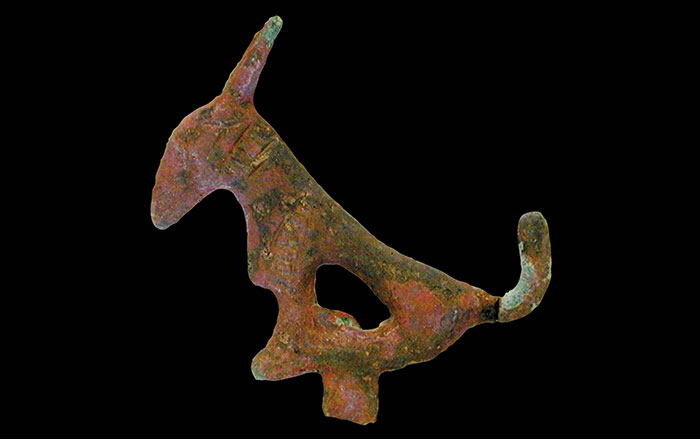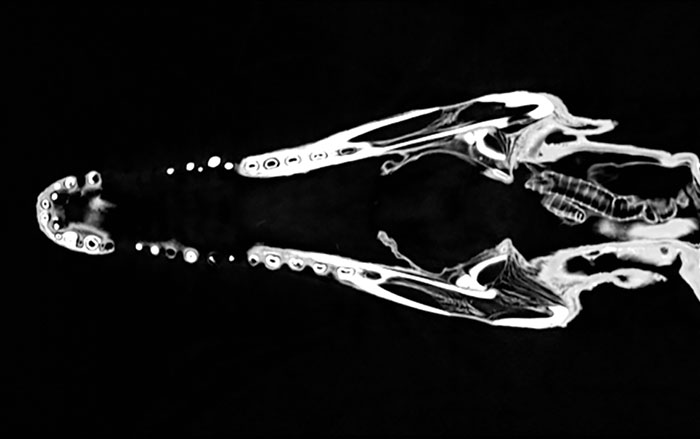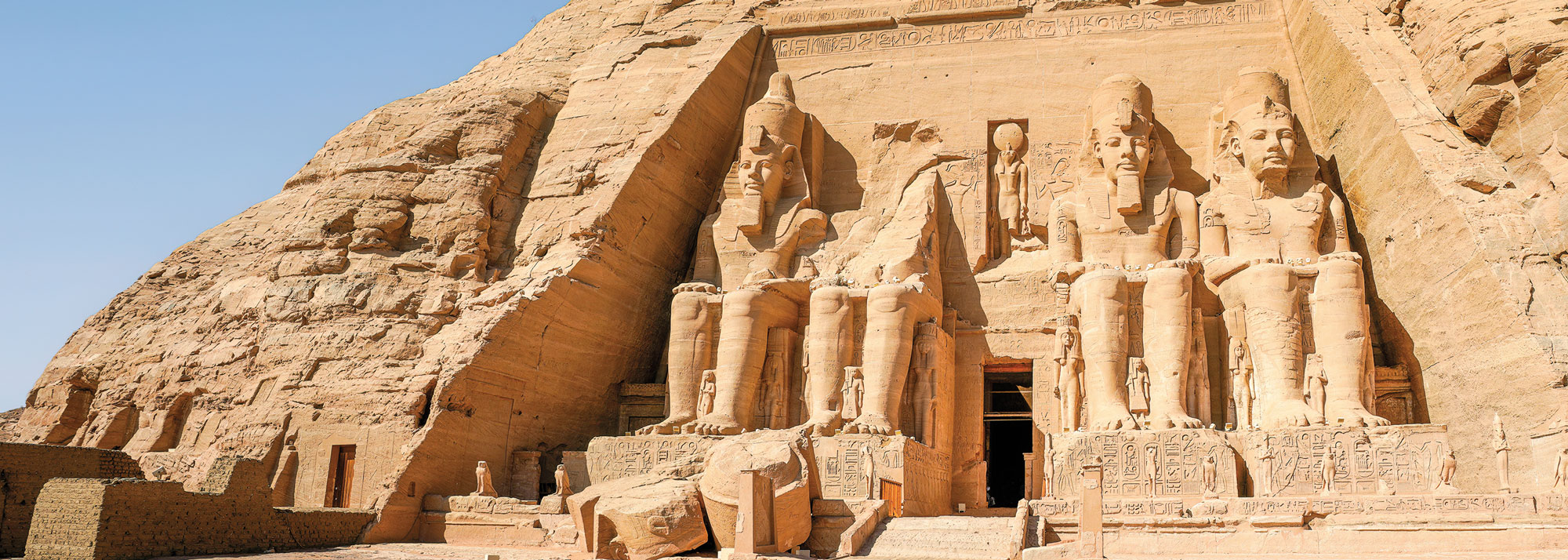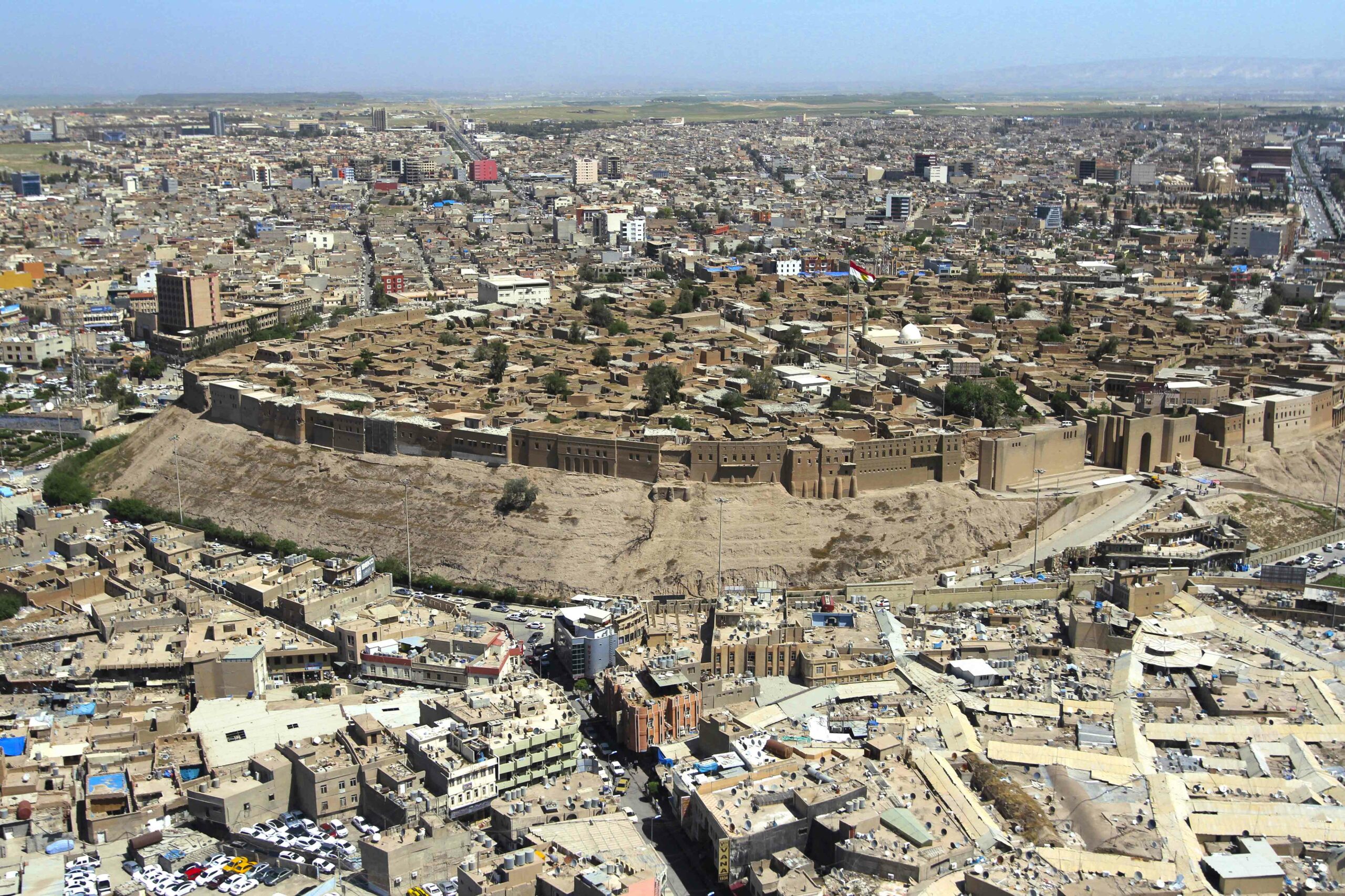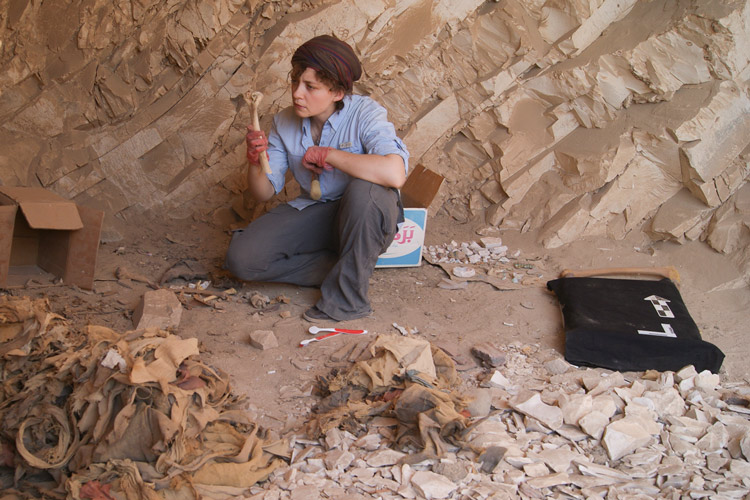
STANFORD, CALIFORNIA—The bones of the skilled Egyptian workers who lived in the village of Deir el-Medina show that they worked under grueling conditions in the Valley of the Kings, but written records indicate that they could take a paid sick day or receive a free checkup. Osteoarchaeologist Anne Austin of Stanford University has compared those records to the skeletal evidence to get a better idea of how the tomb-builders lived. She saw the stress of the climb from the village to the Valley of the Kings in the form of arthritis in knees and ankles. In one case, she found evidence in the bones of a blood-borne infection, along with signs that the man continued to work while he was sick. “Rather than take time off, for whatever reason, he kept going,” she said. In another case, the remains of a young man with a disabled leg showed “no signs of other health issues, or of having lived a hard life. That suggests to me that they found a role for him in this community even though the predominant role, of working in the tombs, could not be met.” To read about how workers in the Valley of the Kings kept time, see "Artifact: A 19th-Dynasty Sundial."


